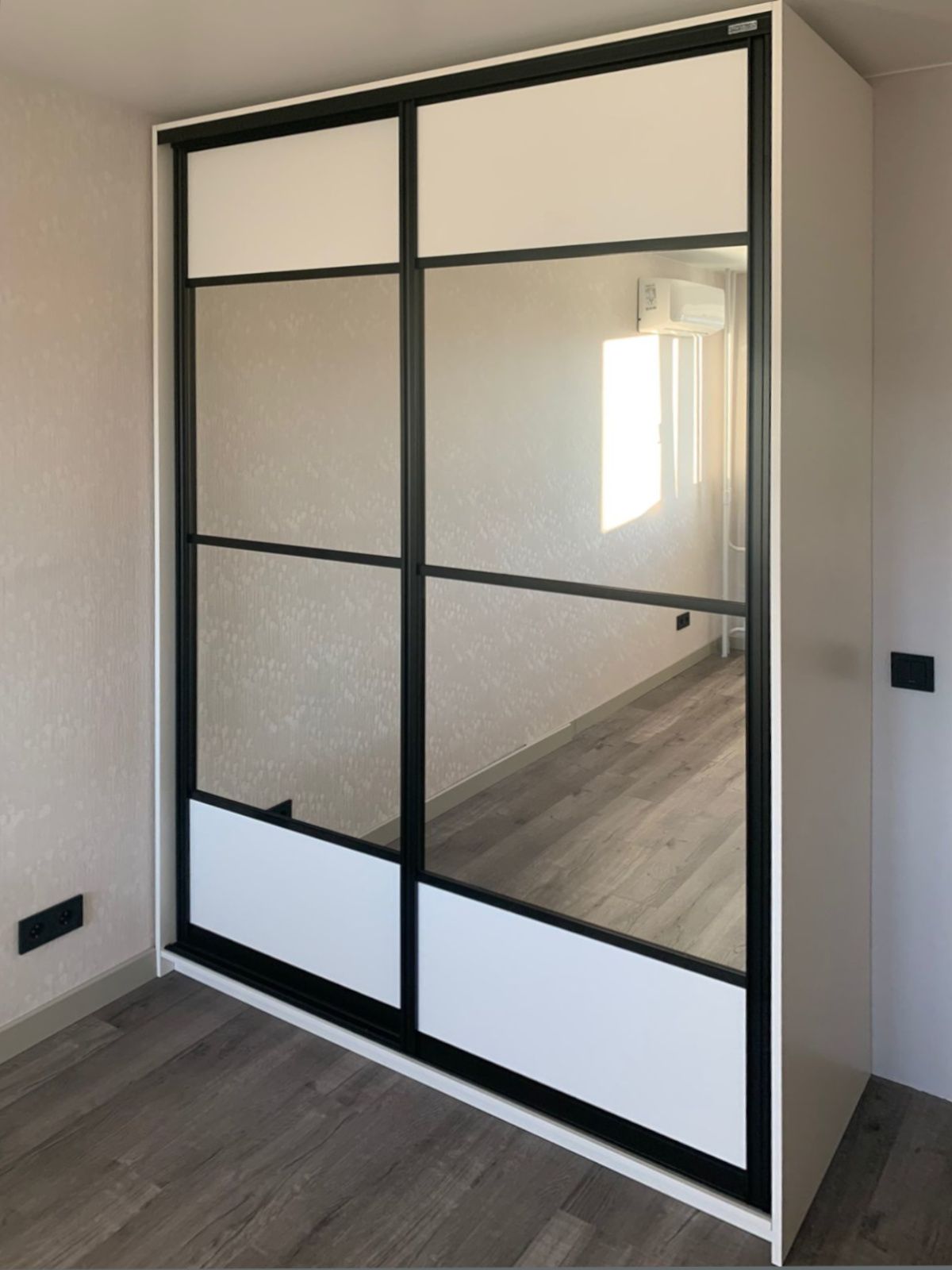A Symphony of Style: Cultivating Delightful Kitchen Design Harmony
The heart of the home, the kitchen, is more than just a place for cooking and eating. It is a space where design and functionality meet to create an environment of warmth and welcome. Crafting a delightful kitchen design harmony involves a thoughtful blend of color, texture, layout, and details that resonate with the rhythms of daily life.
Understanding the Basics of Kitchen Harmony
Before diving into the details, it's essential to grasp the fundamental elements that contribute to a harmonious kitchen design. These include the working triangle, color balance, and cohesive material selection. The working triangle, which connects the stove, sink, and refrigerator, should be efficient and unobstructed. Color balance is vital for creating the right mood, while materials must be chosen not only for their aesthetic appeal but also for durability and ease of maintenance.
Color Coordination for Cohesion
The palette you choose sets the tone for your kitchen. Selecting complementary colors can make the space feel larger and more open, while contrasting shades can highlight design features and create dynamic visual interest. Neutral tones provide a tranquil backdrop that allows for splashes of color in appliances, backsplashes, or accessories, whereas bold colors can be used to make a statement and define the character of the space.
Textures and Materials that Sing
Harmony in the kitchen isn't achieved by color alone. The textures and materials you incorporate will also play a critical role in the design symphony. Combining different textures—such as smooth countertops, rough brickwork, or grainy wood—can enhance the tactile experience of your kitchen. Materials like stainless steel, granite, wood, and glass can each bring their own unique qualities to the mix, enabling a rich composition that appeals to the senses.
Lighting: The Illuminating Touch
Lighting is the unseen conductor of your kitchen's design harmony. It can dramatically alter the ambiance, highlight key design elements, or provide practical illumination for cooking tasks. Layering different types of lighting, such as ambient, task, and accent lights, can create a warm and inviting atmosphere while ensuring functionality is never compromised.
Ergonomics: The Key to a Comfortable Performance
Beauty without functionality falls flat in the kitchen. Ergonomic design ensures that the kitchen is as comfortable and practical as it is aesthetically pleasing. Elements like varying counter heights, easy-access storage, and well-placed handles and knobs can all contribute to a design that feels as good as it looks.
Personal Touches that Harmonize Your Style
Ultimately, the secret ingredient to creating a delightful kitchen harmony is personalization. Infuse the space with your own style by incorporating meaningful items, such as family heirlooms, favorite artwork, or hand-selected textiles. These personalized touches will not only make the kitchen feel more like your own but will also allow the design to truly resonate with your unique lifestyle and tastes.
Conclusion: The Crescendo of a Delightful Kitchen Design
Creating a harmonious kitchen design is an art that blends practicality with personal taste. By giving careful attention to the layout, color scheme, materials, lighting, ergonomics, and personal touches, you can orchestrate a kitchen space that sings to the tune of delight. Whether it is a spot for family gatherings, a bastion of culinary creation, or a cozy nook for morning coffee, your harmonious kitchen design will set the stage for countless joyful moments.
